Prior to the 18th century, cabinetry of Central and South Eastern Asia developed completely independently of Western European furniture style. In comparing cabinets crafted in the east to those of the west during a similar time period, the contrast is striking.
Take for example two cabinets crafted in the late 17th century, one from the Chinese Qing dynasty, and the other from the Italian Baroque period (see figure 1). The design of the Chinese cabinet is noticeably lighter and spare of decoration. There is emphasis on a simple frame and panel construction, and the shape is tapered. In contrast, the Italian cabinet appears much heavier and solid, with multiple tiers sitting atop one another and additional carved decorative details.
How can two cabinets from the same era that are so similar in size, function, and material, appear so vastly different? The simple answer is that carpentry and decorative techniques were completely different in the east and west.
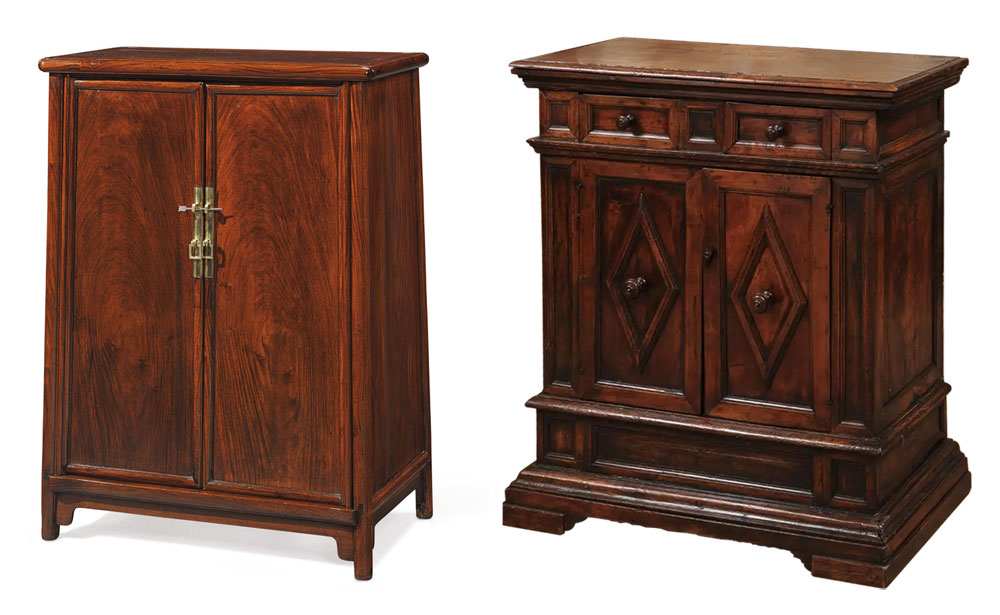
Figure 1. Comparing a 17th century Qing Dynasty cabinet (left), and a 17th century Italian Baroque cabinet (right).
The 17th century comparison is an important one, because up until the early 18th century, furniture style and manufacture processes were clearly distinguishable in the east and west. Towards the end of the 17th century, regular trade relations between western Europe, India, and East Asia had become firmly established.
This increase in trade in turn fostered a great exchange of culture and ideas. Chinese furniture was quite remarkable in the eyes of Europeans both for the advanced carpentry techniques used as well as the intriguing oriental aesthetic.
This opened up new creative ground for European craftsmen who began imitating many of the techniques and designs that had developed in China. It is no stretch to say that the furniture made in China during this time was of the highest quality throughout the world and there are many reasons why.
Mortise and Tenon
Of the many different factors that influenced the development of Asian furniture styles and carpentry, nothing was more significant than the mortise-and-tenon technique. This technique has origins in China spanning back nearly 7000 years.
The particular process of construction involves the combination of wood using nothing more than the wood itself. A tongue (tenon) component fits securely into a groove or hole (mortise) and there are many different types of each that can be adapted depending on the type of furniture.
Although this process foregoes the use of nails and glue, this in no way diminishes the stability of the furniture. In fact, this technique actually developed in China due to the necessity of greater stability. Environmental factors like climate and also the type of timber that was available posed several challenges to woodworkers in China. Mainly, these factors hindered the ability to produce strong joinery using glue and nails.

A simple mortise and tenon joint.
Climate in central and southeastern Asia is known for dramatic seasonal changes in temperature and humidity, which can cause wood to expand and contract much more than normal. Over time, and with repeated use, the weather conditions would cause greater stress on wooden joints that relied on nails, causing them to gradually loosen.
In addition, much of the available timber was sourced from tropical woods that contained a high amount of resin and oil. Commonly used woods in Chinese furniture making like rosewood, red sandalwood, ebony, and elm, all had these properties. The resinous substances would interfere with a carpenter’s ability to adhere wood using glue by hindering the glue’s adhesive strength.

The Mortise and tenon technique was also prevalent in architecture. Having survived 7 earthquakes since 1056, the Sakyamuni Pagoda of Fogong Temple exhibits the strength of mortise and tenon joinery.
Frame and Panel Construction
The frame and panel method incorporates the mortise and tenon technique, and is fundamental in the construction of traditional Chinese cabinets. The 4 sides of a rectangular frame are mortised and tenoned together at the corners, with each piece of the frame having a groove carved out on the inside edge. The interior panel is fashioned with a corresponding tongue on the outer edges to fit tightly within the grooves of the frame. These grooves provide just enough space for the wood to breathe and adjust when it expands and contracts due to weather.
Aside from being more time and labor intensive, execution of this technique requires a great amount of technical skill. However, the superior quality of the joinery is undeniable, allowing furniture to last for several generations and still remain durable. Even furnishings from the early Ming period 600 years ago have survived to this day in impeccable condition. It is no wonder then, why Europeans were so fascinated by the ingenuity of Chinese carpentry in the 18th century.
Cultural and Religious Influences on Design
Prior to the Qing dynasty, the aesthetic of Chinese cabinets was very minimalist, lacking additional details like carving, painting, and gilding that were much more common in western furniture. Instead, design principles focused solely on the purity of form and shape and the beauty of the raw materials used. Far less attention was given to ornamentation or anything that was not deemed essential to a piece’s function.
This philosophical approach to art and craft was very much tied to the belief systems of Buddhism, and in particular, Zen. Great emphasis was placed on the idea of living in harmony, requiring one to embrace principles of yin and yang, austerity, simplicity, and naturalness. Purity of form and shape calls attention to the space which an object occupies, but also to the space which it does not. Even the void is part of the whole. This state of balance is a fitting metaphor for the mortise and tenon technique: where motise is yin and tenon is yang. The two parts are integrated and complementary of one another.
Ming Cabinets
The Ming Dynasty represents the culmination of years of technical evolution in Chinese carpentry techniques. The idea that "less is more" contributes to this style and makes it a great fit in a contemporary setting.
Qing Cabinets
Qing style furniture integrated many elements influenced by Western culture and arts, such as Renaissance, Baroque, and Rococo. In contrast to the simplicity of the Ming style, Qing cabinets often feature elaborate details and ornamentation.
Media Cabinets
Blending timeless oriental style with the durability afforded by traditional Chinese carpentry techniques, our selection of media cabinets and TV Stands are crafted with beauty and functionality in mind.
Buffet Cabinets
Complement your dining space with a unique buffet cabinet that will provide an ideal storage solution as well as an eye catching showpiece for guests.



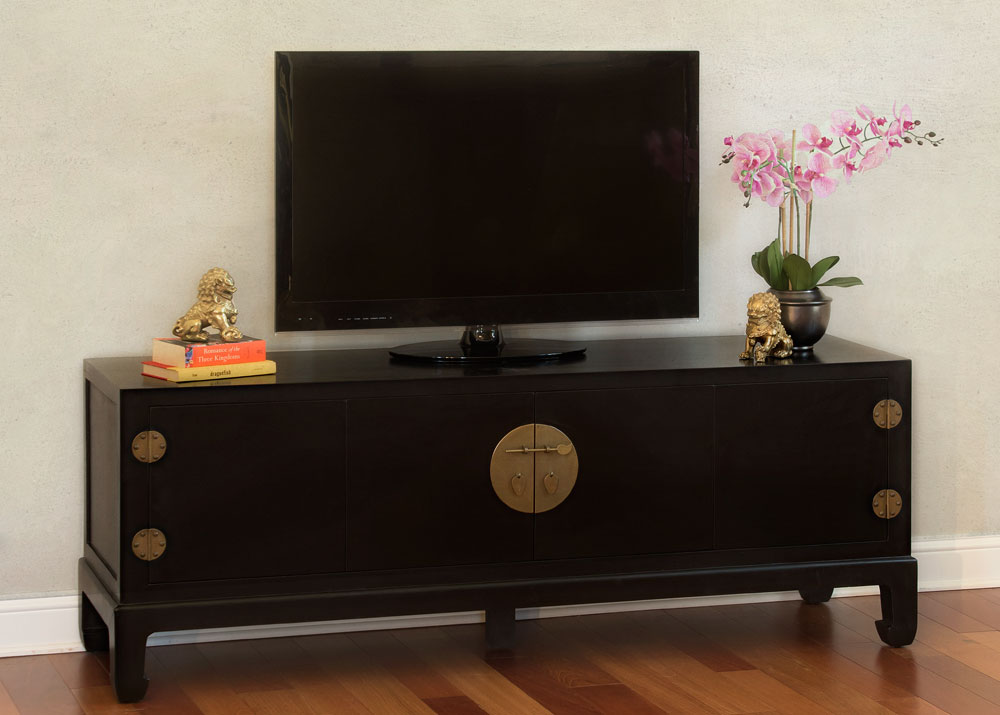
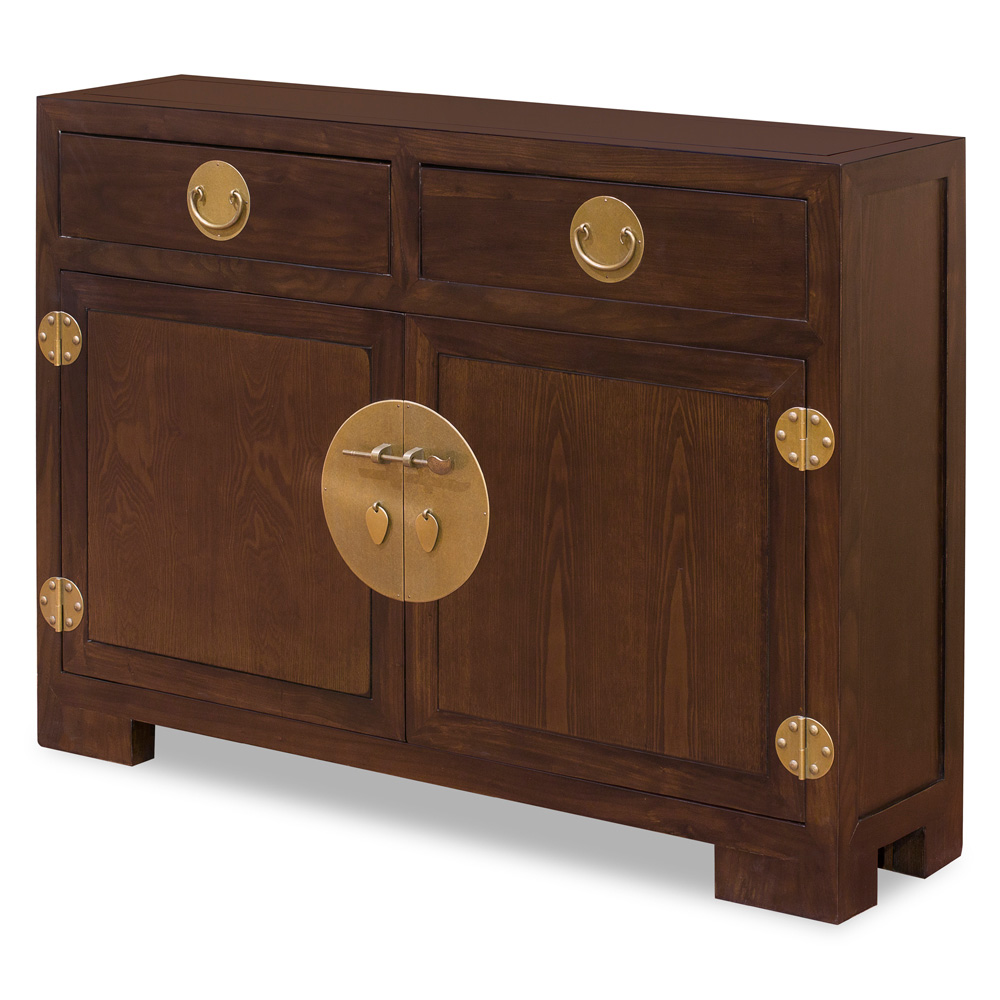
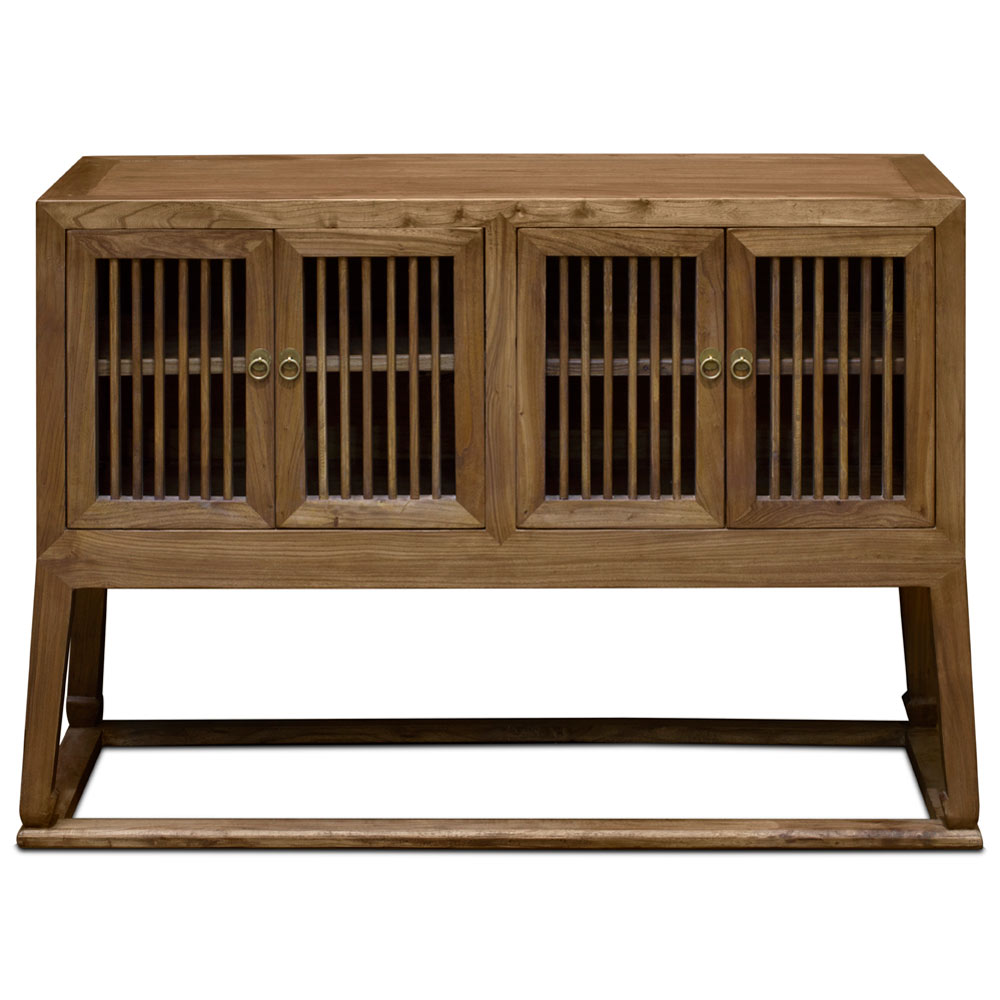
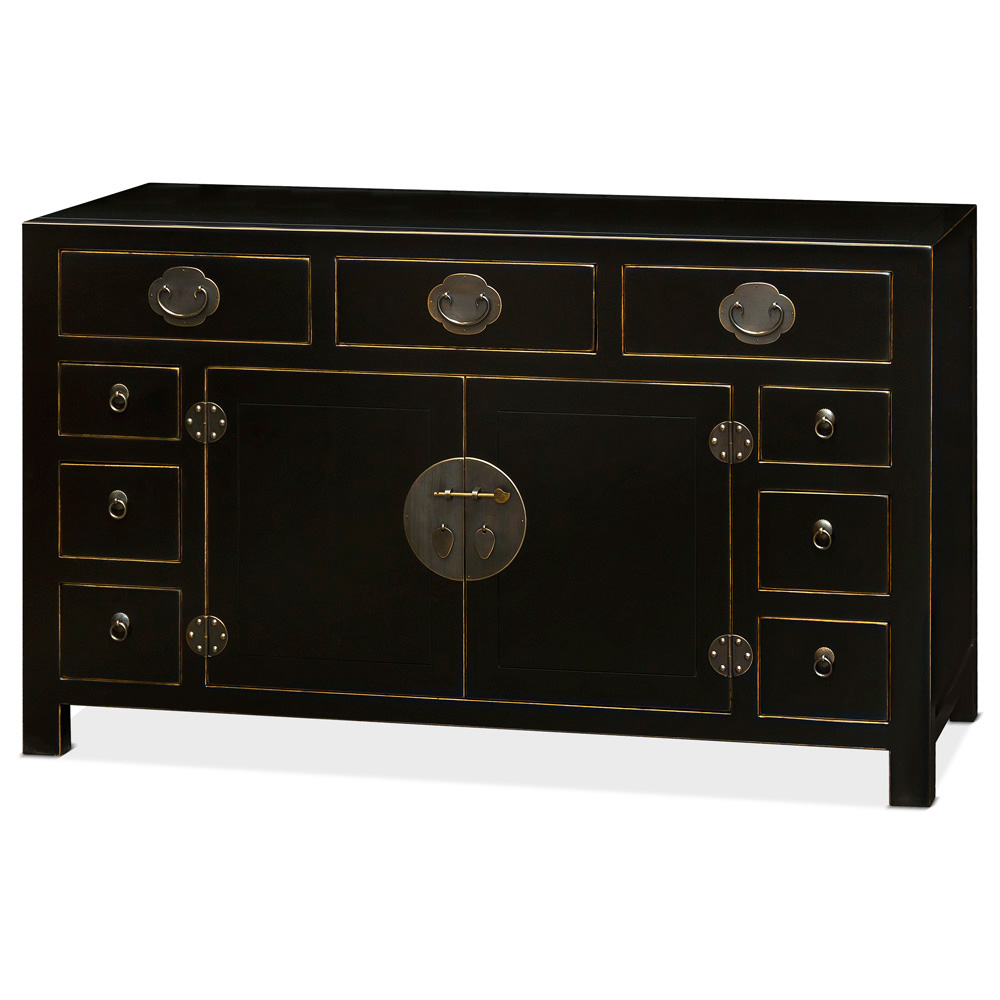
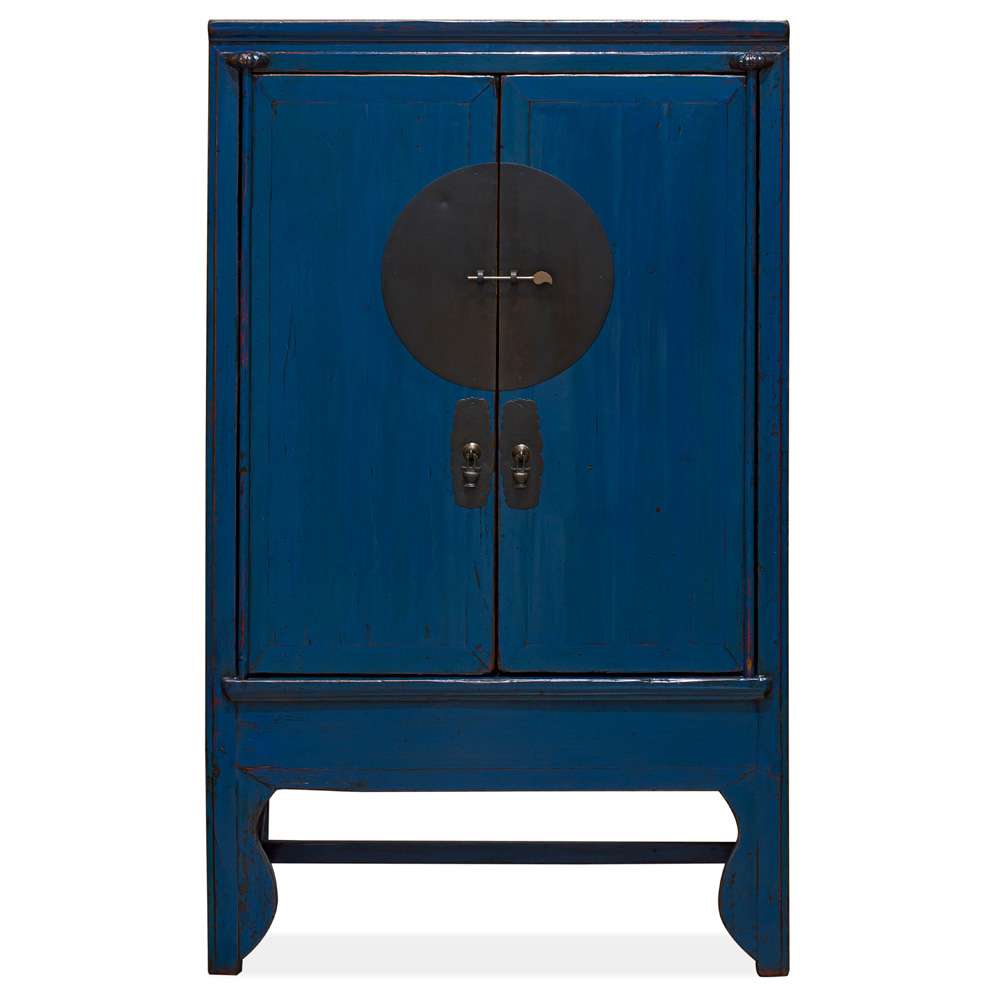
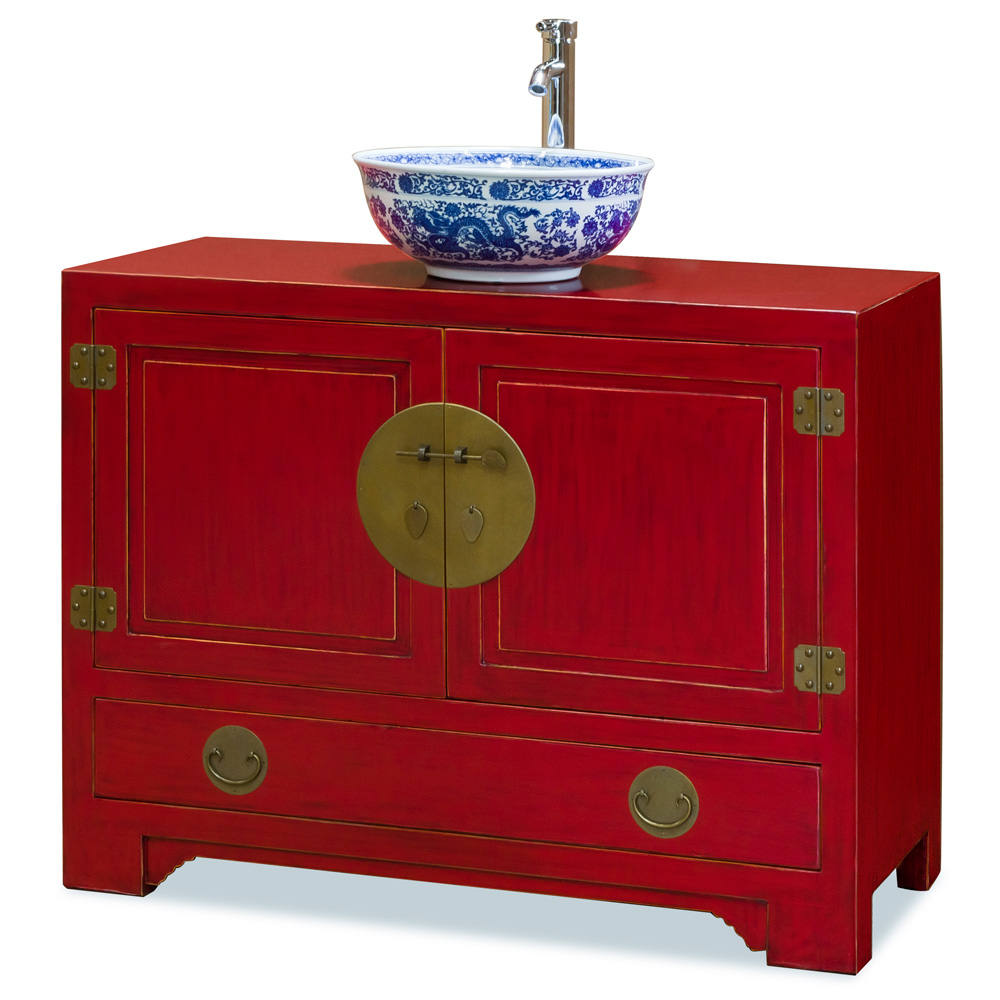
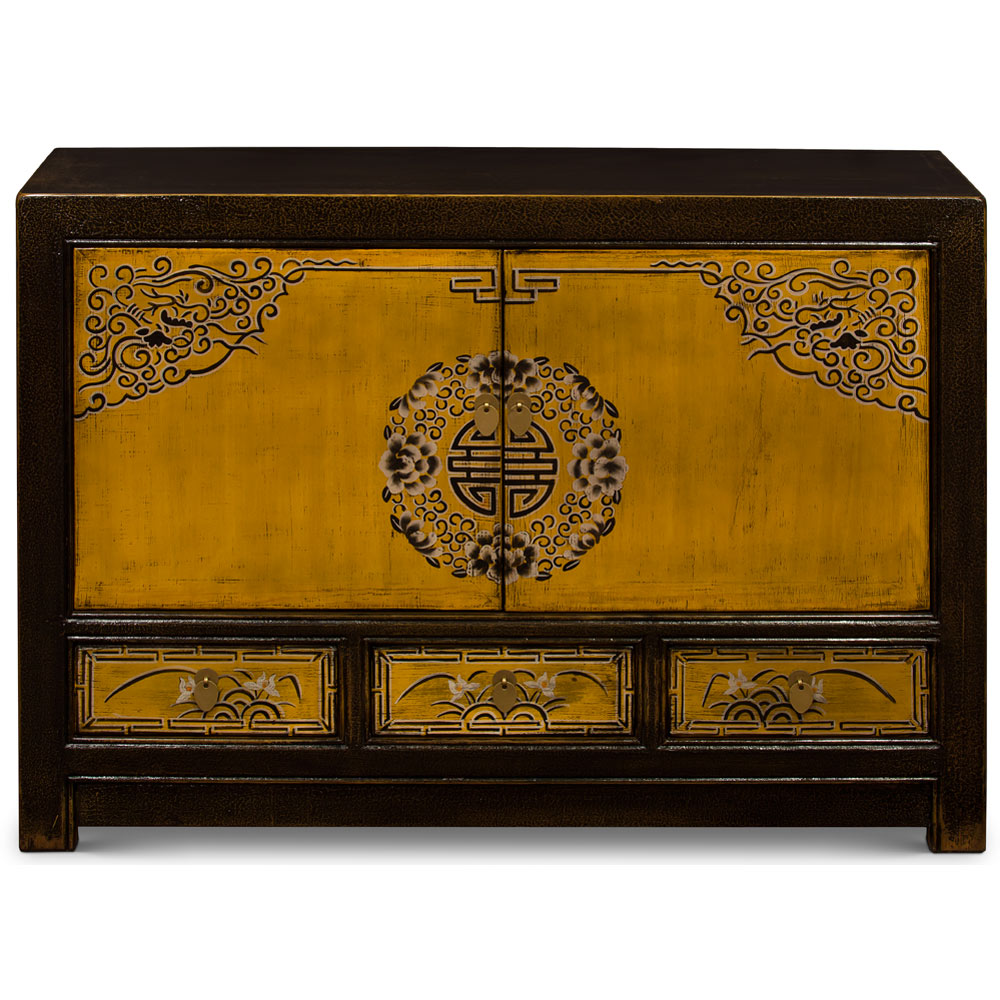
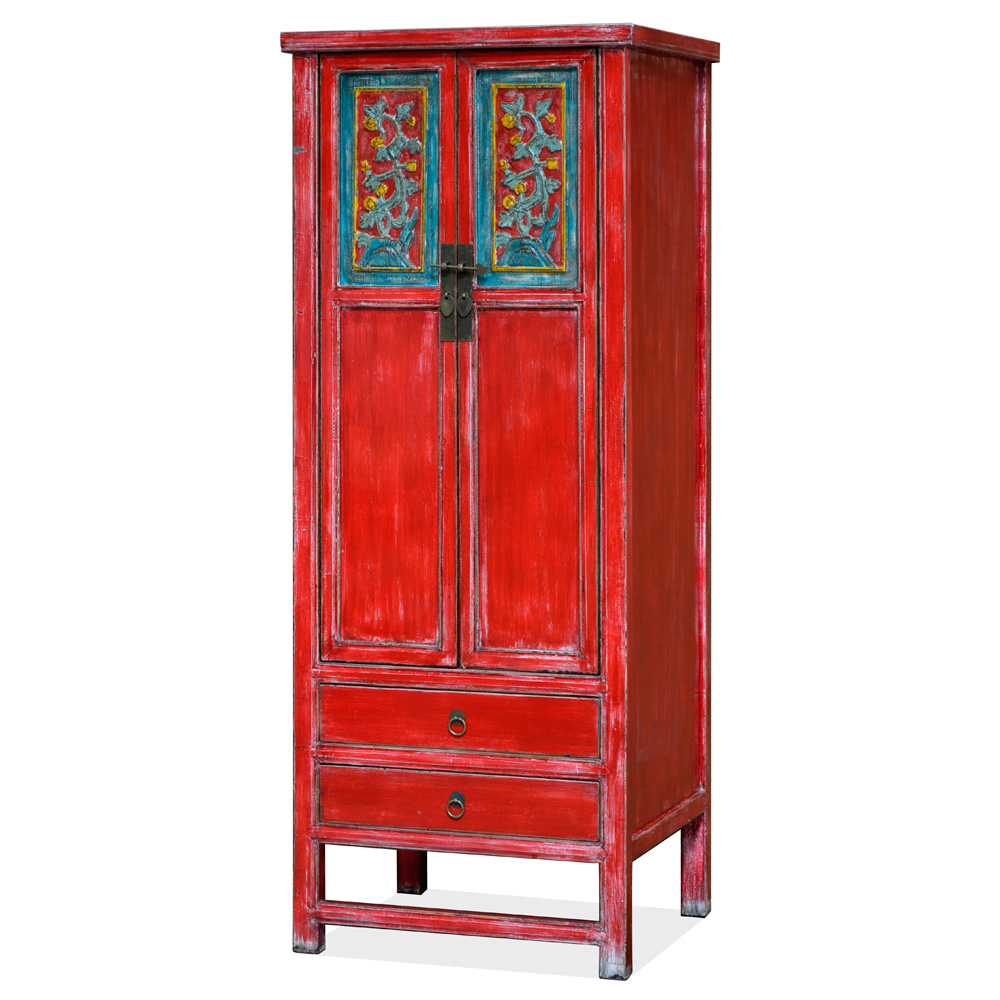
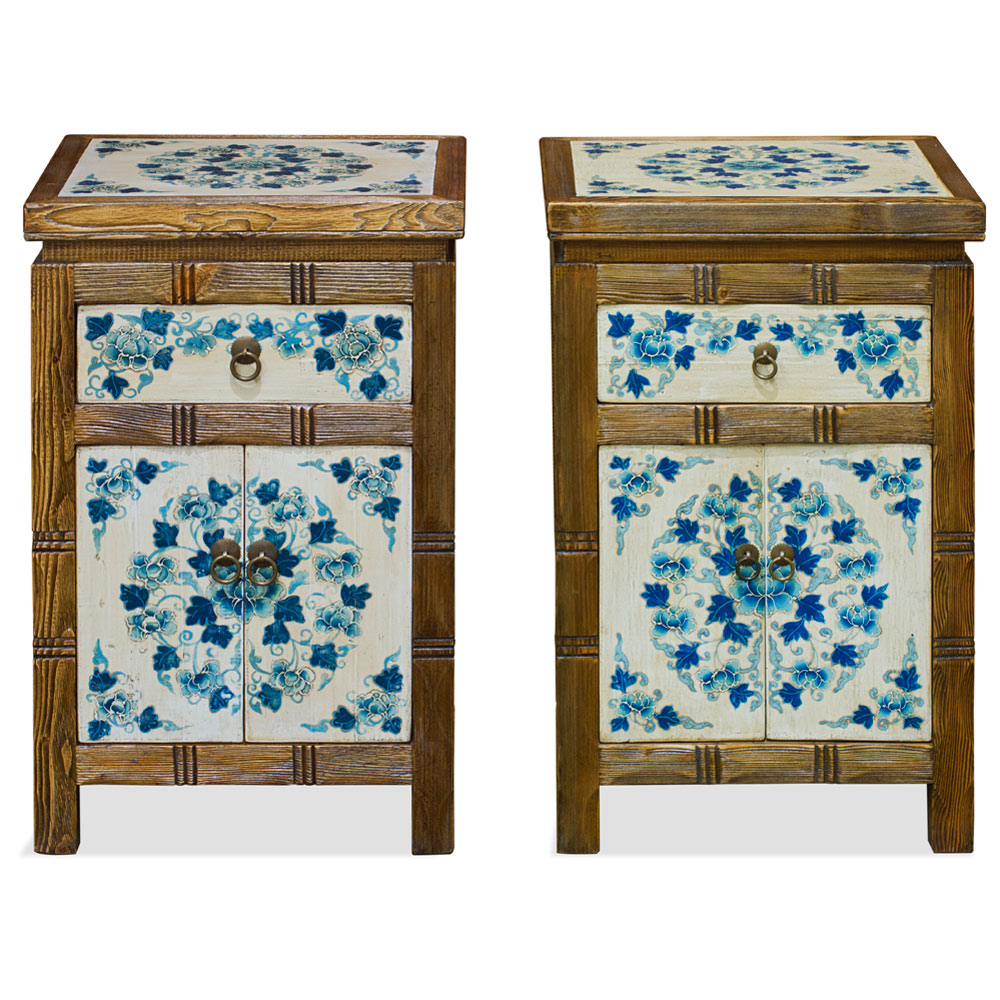
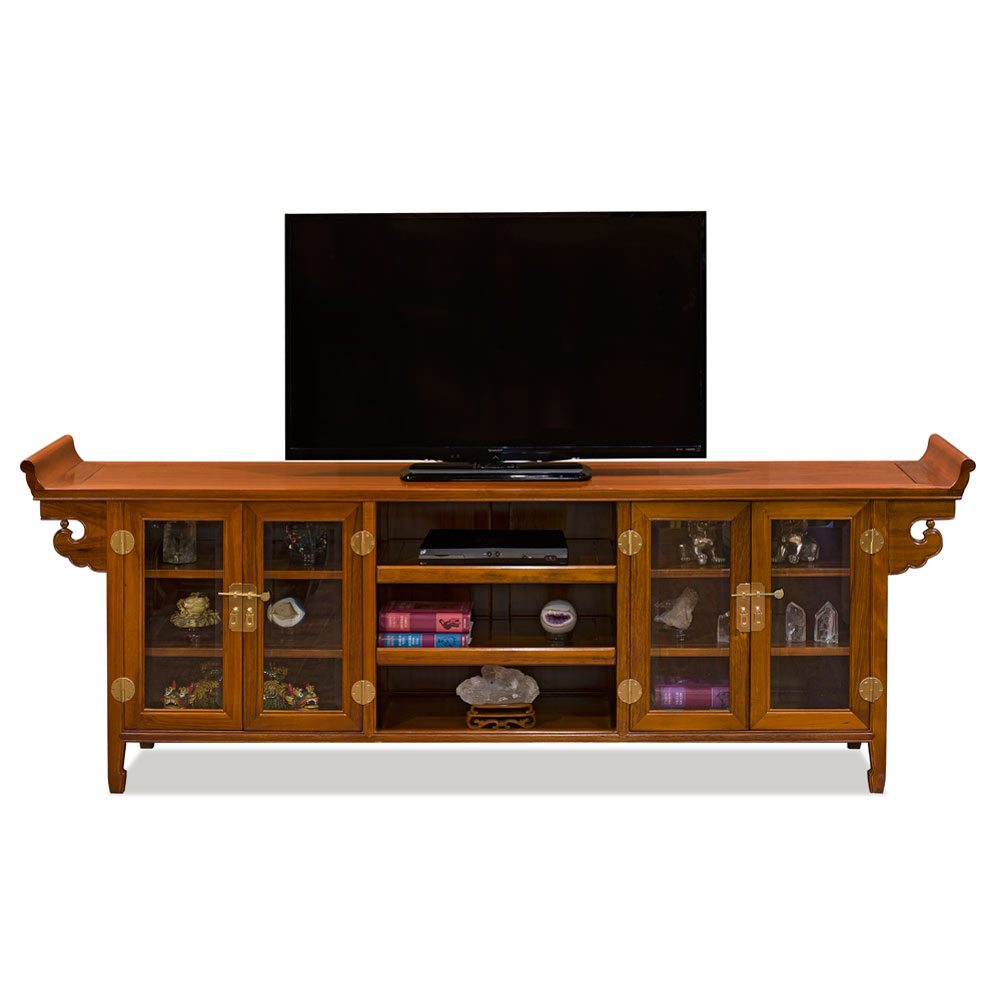
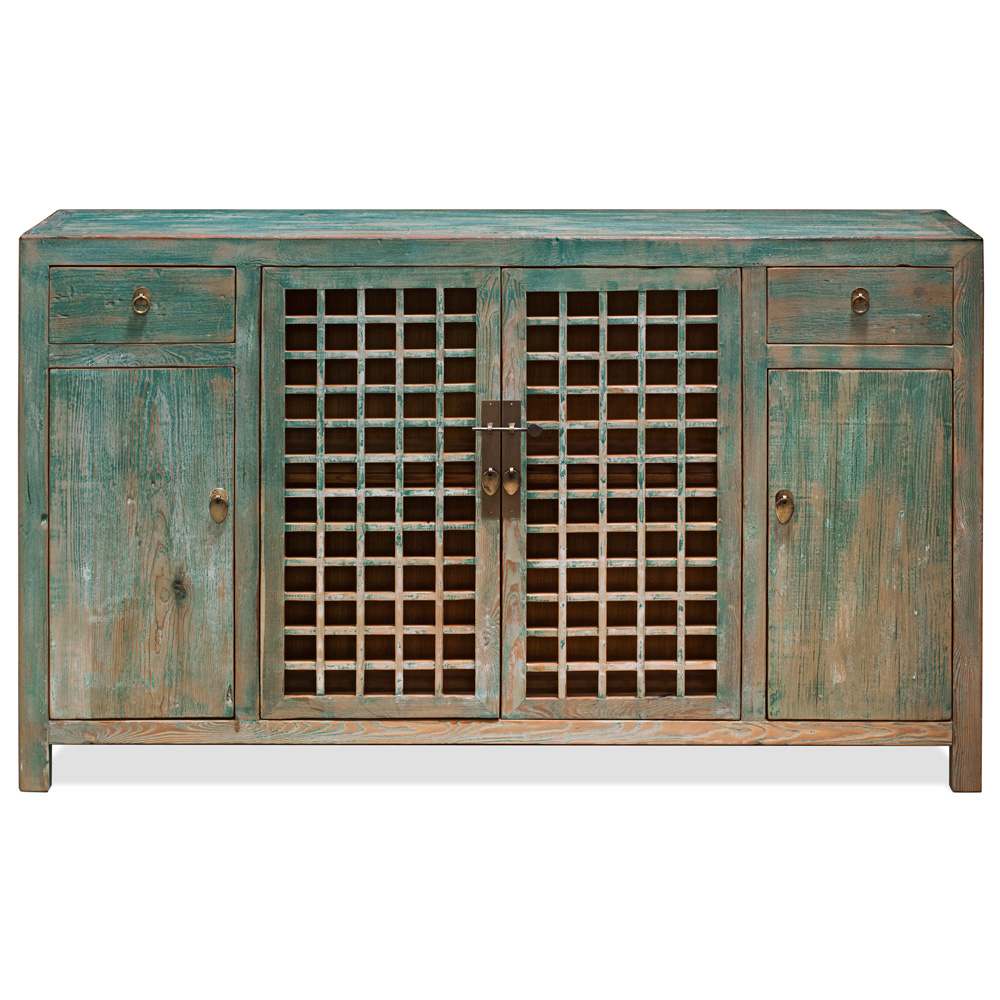
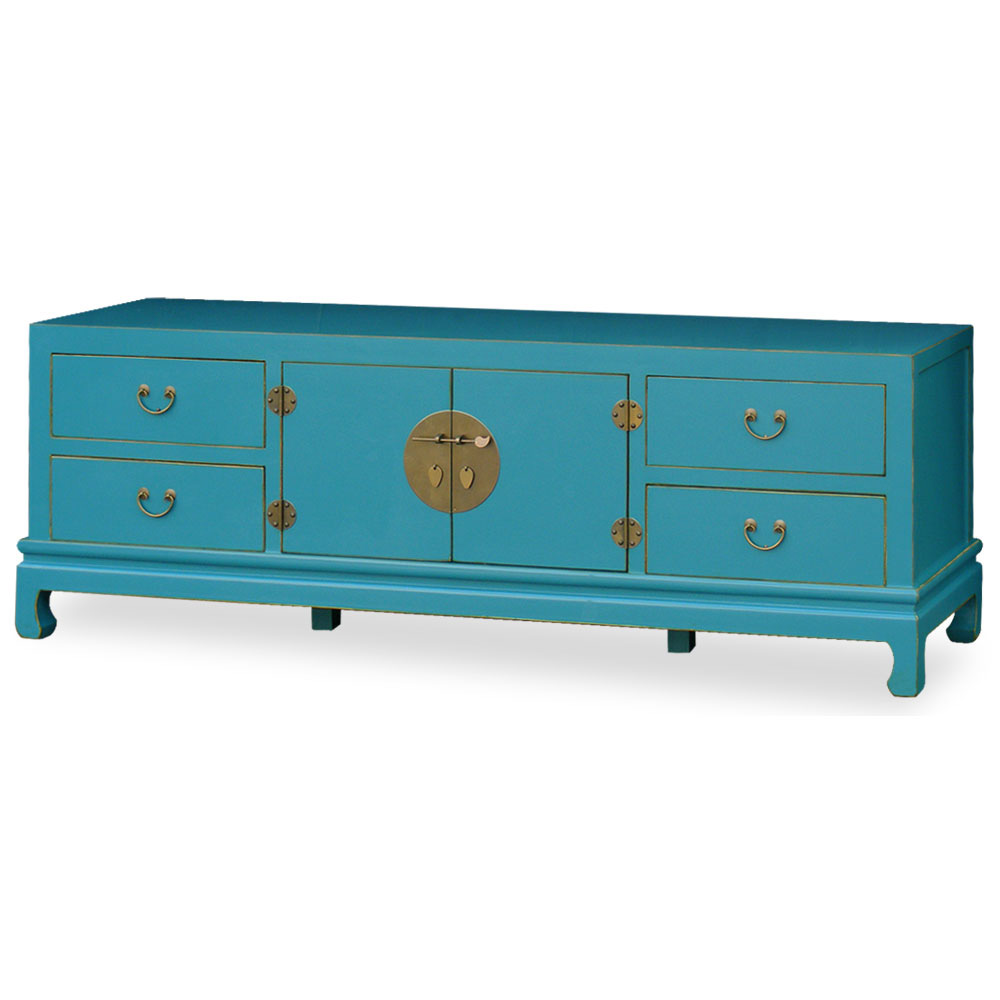
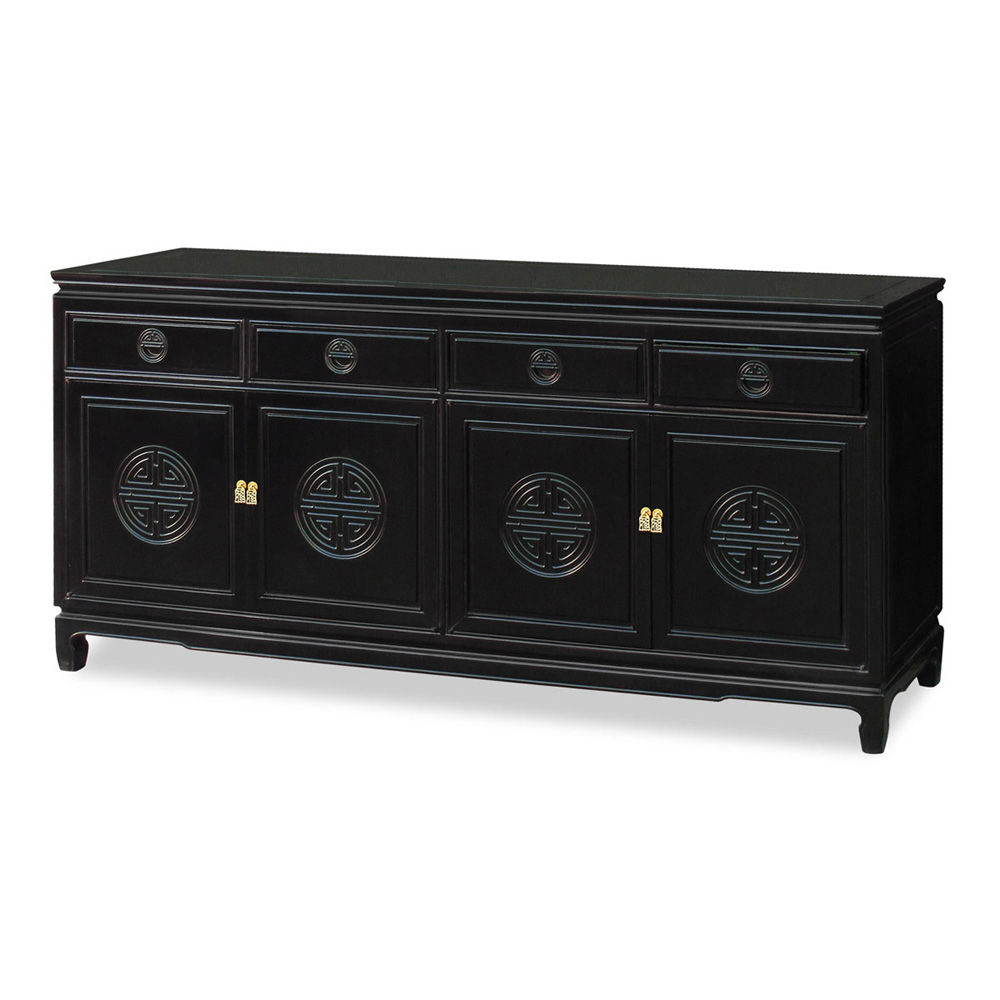
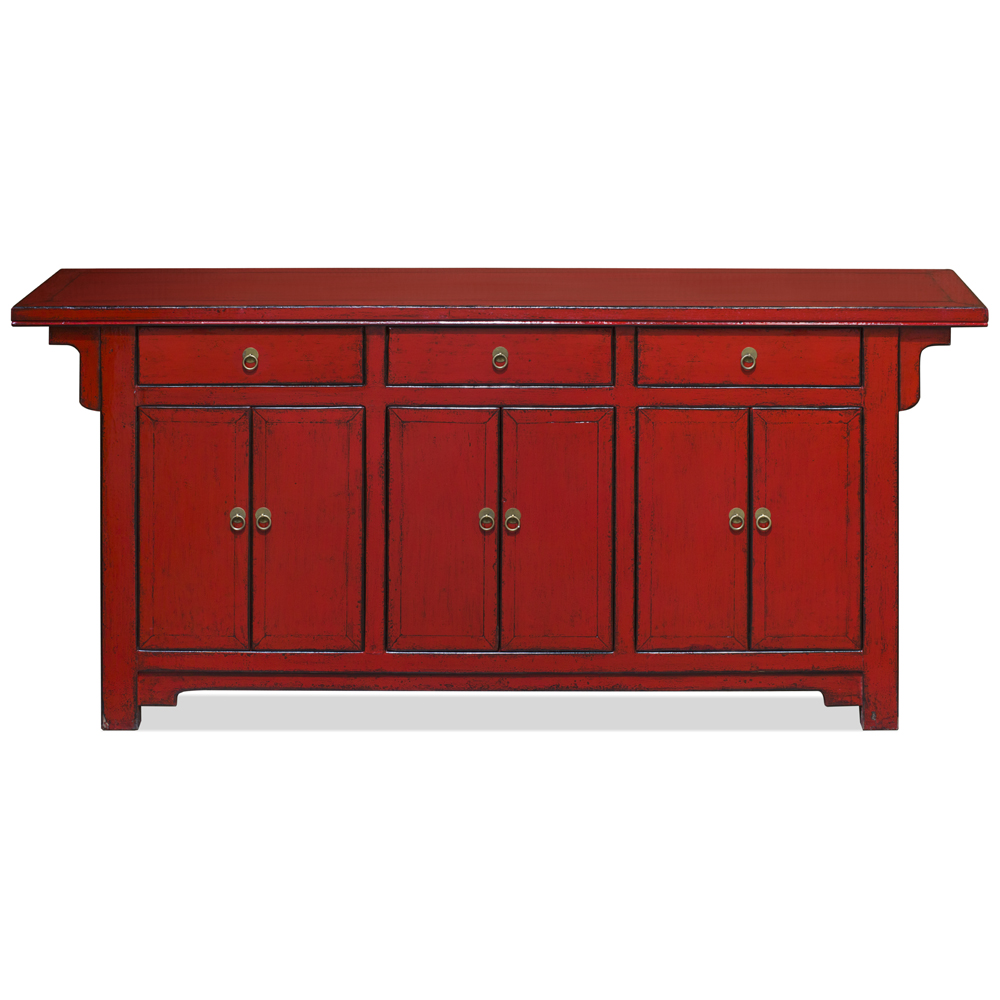
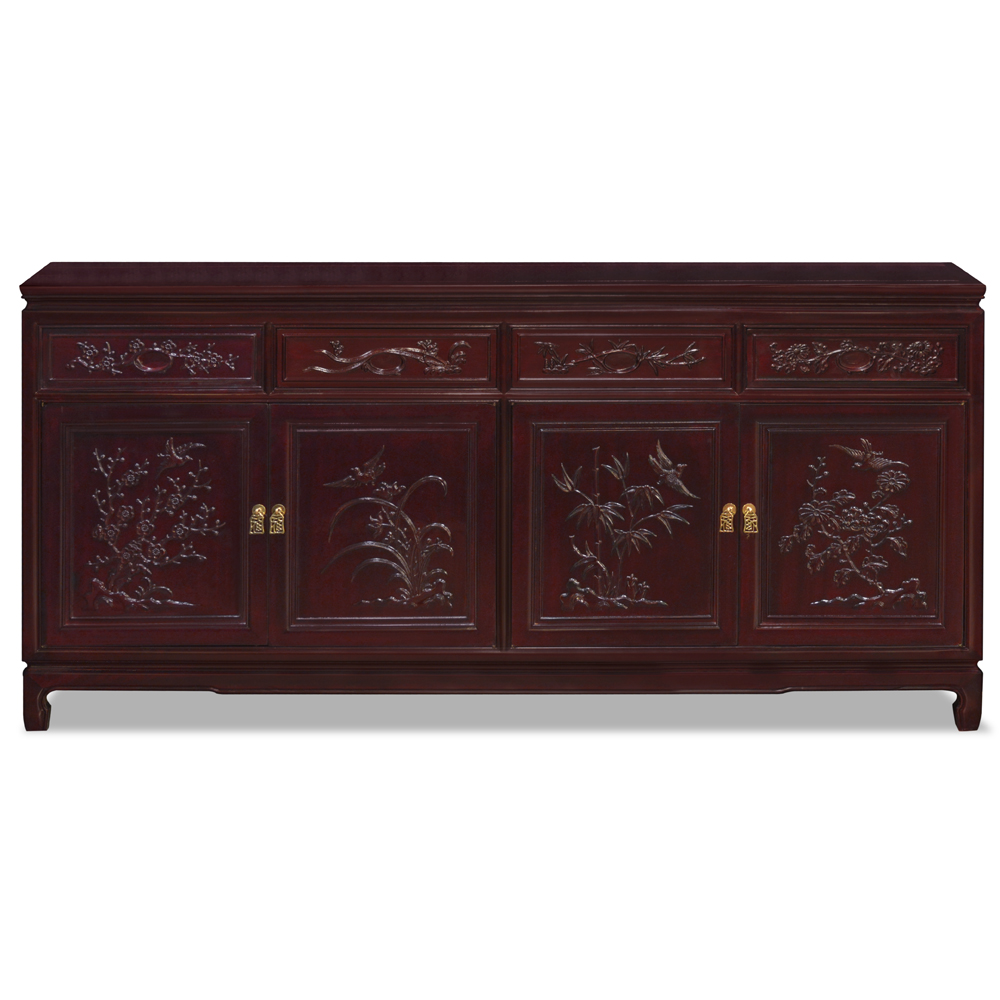
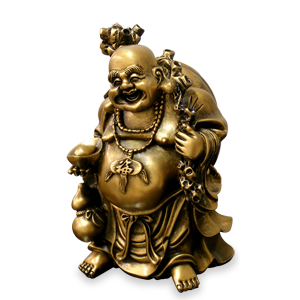
SocialMedia